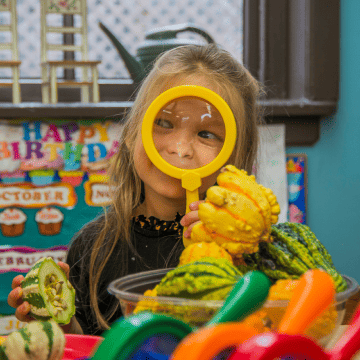Understanding Inquiry in Middle School: A Peek into Your Child’s Learning
As your child moves from elementary to middle school, their learning experiences shift in exciting ways. In Grades 6 through 8, our Middle Years Programme (MYP) starts to take shape. Unlike the Primary Years Programme (PYP) where one teacher covers most subjects using overarching themes, the MYP dives deeper into subject-specific themes. As students move between different classrooms and teachers, they also explore unique “lines of inquiry” that apply directly to each subject that’s being taught.
So, what does inquiry really mean in the MYP? It begins with a Statement of Inquiry. This is a sentence that brings together key concepts from the subject, combined with one of six global contexts (ideas that all subjects share). However, these Statements of Inquiry are often packed with complex ideas, so the teacher’s goal is to help students break them down into smaller, manageable pieces. Through hands-on activities, thought-provoking questions, and projects, students not only master the subject’s skills but also gain a deeper understanding of these concepts.
A Math Example: Ratios and Proportions
Let’s look at how this works in a Grade 6 Math unit focused on ratios and proportions. For this unit, the Statement of Inquiry is: Relationships between population and demographics can be represented through simplified means.
In simple terms, students start by discussing what certain key terms mean and how they apply to the real world. For instance, in this math class, students learn about the census—why the government counts people and what is done with that information. Then, they explore the concept of proportions by asking questions like:
- How many students in the class have siblings?
- What percentage of students live outside our town?
- If this year’s class is 5% larger than last year’s, how many more students is that?
These kinds of questions help students connect abstract mathematical ideas to real-life situations.
Bringing it All Together
After several weeks of learning and practicing new skills, students apply what they’ve learned in a project. This project involves the class’s favorite TV, movie, and book characters. Students each list five characters, resulting in a “population” of 70-80 characters. They then research how the actors or characters self-identify and compare this with the demographics from the most recent census.
From here, the class can engage in deeper discussions, such as whether the media fairly represents various populations. They might also debate whether it’s important for all demographics to be represented equally in movies and TV shows, and how much things would need to change to make representation fair.
Wrapping Up the Inquiry
At the end of the unit, the class circles back to the original Statement of Inquiry: Relationships between population and demographics can be represented through simplified means. Together, they discuss whether it was easier to compare demographics using raw numbers or percentages. This not only reinforces their understanding of math concepts like ratios and percentages but also helps them see the broader importance of these skills.
The MYP is designed to help students think critically, make connections across subjects, and apply their knowledge to real-world situations. Each class’s Statement of Inquiry is posted in the weekly lesson slides on our Veracross platform, so feel free to ask your child what they’re learning and how they understand these inquiries. As these lessons launch, it’s a great way to stay engaged with your child’s education!
Inquiring minds truly grow in the MYP!
By Libby Vino,
All Saints IB Programme Coordinator for PYP and MYP
Please reach out to Libby with any questions you might have about the IB Programme or a specific topic you’d like to learn more about: lvino@allsaintsdayschool.org.




